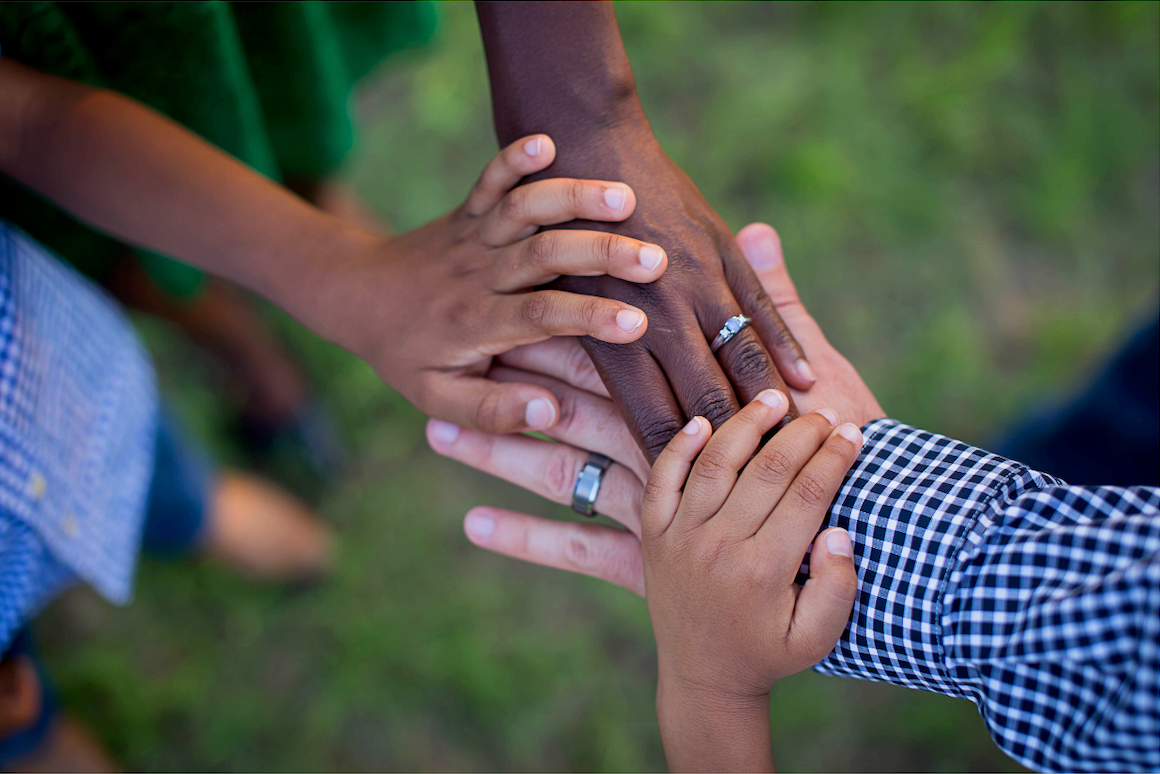Addiction is often called a "family disease" not because it's genetically contagious, but because its pervasive and destructive effects ripple through the entire family system, impacting every member emotionally, psychologically, and often financially. It fundamentally disrupts healthy family dynamics and can create a cycle of dysfunction.
Here's how addiction presents as a family disease:
1. The Addiction Becomes the Central Focus
When one member of a family struggles with addiction, their substance use and its consequences tend to become the central organizing principle around which the family operates.
Constant Crisis Management: Family life revolves around anticipating, reacting to, or covering up the addicted person's behavior.
Secrets and Denial: To maintain a facade of normalcy or to avoid shame, families often keep the addiction a secret, leading to a culture of denial and dishonesty within the home. "Don't talk, don't trust, don't feel" becomes an unspoken rule.
Broken Promises: The addicted individual frequently makes and breaks promises, leading to a cycle of hope and disappointment that erodes trust and creates emotional chaos for others.
2. Disrupted Family Roles and Dynamics
In an attempt to cope with the chaos and unpredictability of addiction, family members often unconsciously adopt specific, often unhealthy, roles. These roles become rigid and can prevent healthy communication and growth. Common roles include:
The Enabler/Caretaker: This person (often a spouse or parent) tries to "fix" the problem, minimize consequences, make excuses, or protect the addicted person from experiencing the natural fallout of their actions. While well-intentioned, this ultimately prevents the addicted individual from hitting rock bottom and seeking help, and often leads to codependency.
The Hero: Often the eldest child, this person strives for perfection, over-achieves academically or professionally, and tries to bring positive attention to the family to compensate for the shame of the addiction. They often carry immense pressure and anxiety.
The Scapegoat: This person acts out, rebels, or engages in destructive behaviors (including their own substance use) to divert attention away from the addicted person and the family's core problem. They often feel misunderstood and blamed.
The Mascot: This person uses humor and clowning around to lighten the mood, reduce tension, and distract from the family's pain. They often hide their own deep sadness or fear.
The Lost Child: This person withdraws, becomes quiet, and tries to be invisible to avoid conflict or further burden the family. They often feel lonely, neglected, and isolated.
These roles are coping mechanisms, but they prevent genuine emotional expression and hinder each family member's individual development.
3. Emotional and Psychological Toll on Family Members
Living with addiction creates a constant state of stress, fear, anxiety, and grief for family members.
Emotional Distress: Family members frequently experience anger, frustration, sadness, fear, guilt, shame, and depression.
Codependency: Family members (especially partners or parents) can develop codependent behaviors, where their own self-worth becomes intertwined with the addicted person's behavior. They may sacrifice their own needs, boundaries, and well-being in an obsessive effort to control or "save" the addicted individual.
Erosion of Trust: Constant deception and manipulation by the addicted individual severely damages trust within the family.
Trauma and PTSD: The unpredictable and often abusive environment created by addiction can lead to trauma responses, including anxiety, hypervigilance, and even PTSD symptoms in family members, especially children.
4. Financial and Social Consequences
Beyond the emotional impact, addiction often creates significant practical burdens for the family:
Financial Strain: Money spent on substances, legal fees, medical bills, or covering the addicted person's neglected responsibilities can lead to severe financial hardship, debt, and poverty.
Social Isolation: Shame and embarrassment often lead families to withdraw from social activities, friends, and extended family, exacerbating feelings of isolation.
Legal Problems: Family members may become entangled in legal issues due to the addicted person's actions.
5. Intergenerational Impact
Addiction can pass down through generations, not just genetically (though genetics play a role), but also through learned behaviors and unresolved trauma. Children growing up in homes with addiction are at a higher risk of:
Developing substance use disorders themselves.
Experiencing emotional and behavioral problems.
Developing unhealthy attachment styles and relationship patterns.
Carrying unresolved generational trauma that impacts their own adult lives and relationships.
Because addiction affects the entire family unit, effective recovery often requires support and healing for all members, not just the individual with the substance use disorder. Family care such as coaching sessions, therapy, support groups like Al-Anon and Nar-Anon, and education about addiction are crucial for helping families break these cycles and heal together.
PRCI Wellness is dedicated to helping individuals and families overcome the suffering of addiction. If you or a loved one is struggling with addiction, reach out to the experts at PRCI Wellness to learn about our professional recovery coaching and intervention services that can facilitate a return to health and prosperity.

